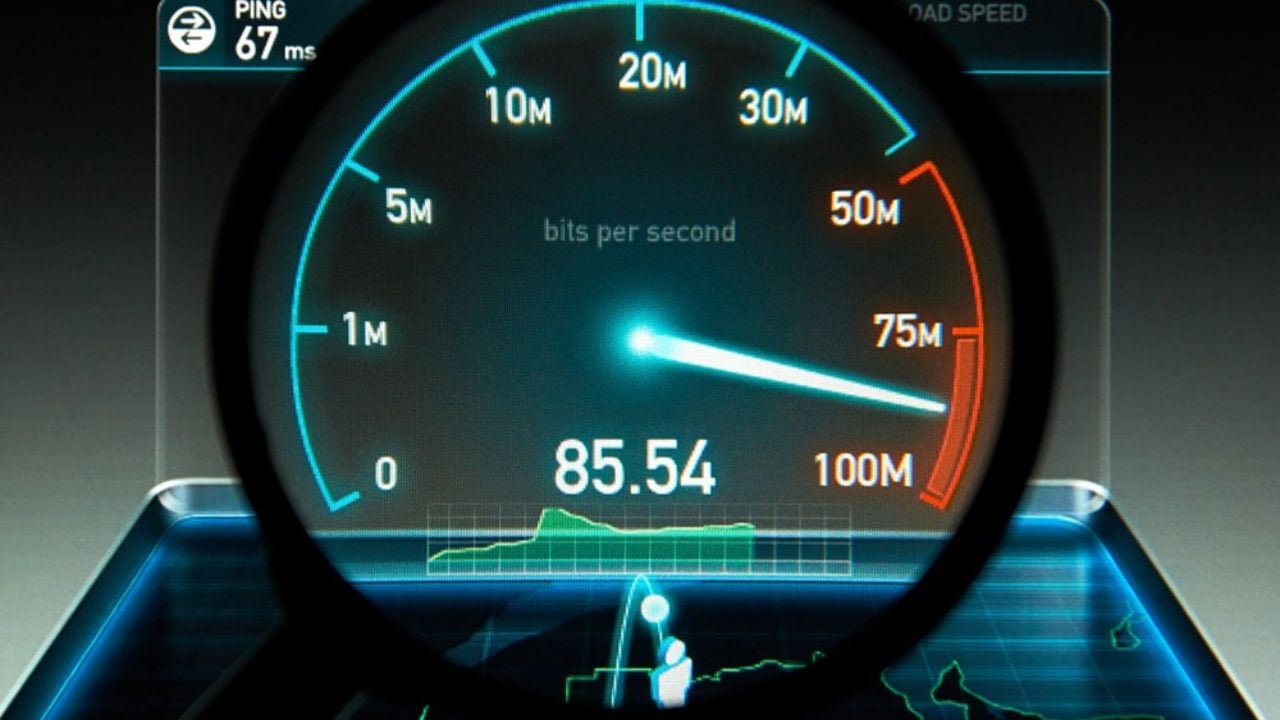How to Check Your Internet Speed and What the Results Really Mean

While picking an internet connection, everyone looks for the best speed.
This is the reason we see brands focusing more on speed while endorsing their brands. From lightning-fast speed and blazing-fast internet, we have heard all kinds of adjectives used by ISPs to market their internet plans.
Therefore, when internet speed becomes the biggest decision, even the slightest slump is noticeable.
But how do you actually measure speed? Is there a universal speed that most people look for? Why do some people complain about speed even when they are on fast internet plans by the best internet service providers?
If you are also looking for all these questions, then you are at the right place. This write will not just help you understand the best way to check your internet speed, but you will also get to learn about some basic speed metrics and ways to understand the results.
Is There an Ideal Internet Speed?
Internet speed is essentially the time taken by the data to travel between the user and the web server. There is not a single factor that impacts the speed. Instead, multiple factors may cause fluctuation in the speed.
However, there is nothing like an ’ideal’ internet speed. So, it all comes down to the online behavior and overall requirements of the user.
If you are looking for an internet plan for basic use like browsing, using social media, surfing the internet, or streaming music, you do not need a high-speed option. For this, 25 Mbps is enough for a single user. On the contrary, if you are a tech worker who works from home, like to watch movies in HD, enjoy online gaming, or stream 4K videos, then you might need an internet plan that offers speeds of 100 Mbps or more.
Apart from online activities, the number of users and the plan you have chosen play an important role in the speed of the internet.
How to Check Your Internet Speed?
Since there are multiple factors affecting the internet speed, it might take a hit because the number of users is higher, or the internet plan is not fast enough. But what if there is a discrepancy between the endorsed speed and delivered speed?
That is where you need to check the internet speed. So, how do you do it?
Well, that’s where you need to run a simple speed test. Most of the internet service providers have their own speed tests. However, it is better to use a third-party one instead. For instance, Ookla Speed Test, PCMag Speed Test, and TestMy.net are some of the most used speed tests.
These measure the download speed, as well as upload speed, ping, and latency. While running a speed test is quite easy, understanding the results can be challenging, especially if you have never used a speed test before.
So, how do you read a speed test? What are its parameters, and what are some of the basics you need to focus on?
Let’s explore this together.
What Do the Results of a Speed Test Really Mean?
Once you run the speed test, you will get details like download speed, upload speed, ping, jitter, and bandwidth. Some tests might just show upload and download speed only, which is enough as well. However, it is better to look for a test that offers more in-depth analysis.
Here are some of the common parameters that you need to explore:
Download Speed
Download speed mainly focuses on the speed of data received. This means that when you stream music or watch content online, a higher download speed will help you fetch data at a better speed without any interruption. Consequently, there will be no lag or buffer time, and the quality will be much better without any interruption. The unit of measuring speed is usually Megabits per second (Mbps).
Upload Speed
Upload speed mainly focuses on the speed of data sent. This means when you upload a picture on social media or attach a document to an email, the upload speed will determine the overall time. With a higher upload speed, the overall time spent on attaching the file will be much less.
Ping or Latency
Ping measures the overall time it takes for the data packet to move from the device to the server and vice versa. If the ping is high, you might experience a lag that can be due to network congestion. The unit for measuring ping is milliseconds (ms).
Jitter
Jitter measures the difference between your high and low pings. If the jitter is high, you might experience interruptions in loading, and your video might require high buffer time as well. Higher jitter means a bad user experience.
Bandwidth
Bandwidth means that more data can be transmitted over the internet, which means a smoother online experience. Higher bandwidth is generally preferred, and it is measured in bits per second (bps).
As a beginner, this information is enough to help you measure speed and understand each parameter. However, it is suggested to run multiple third-party tests for better results. I recommend using multiple services at different times to gauge the average internet speeds you’re getting.



